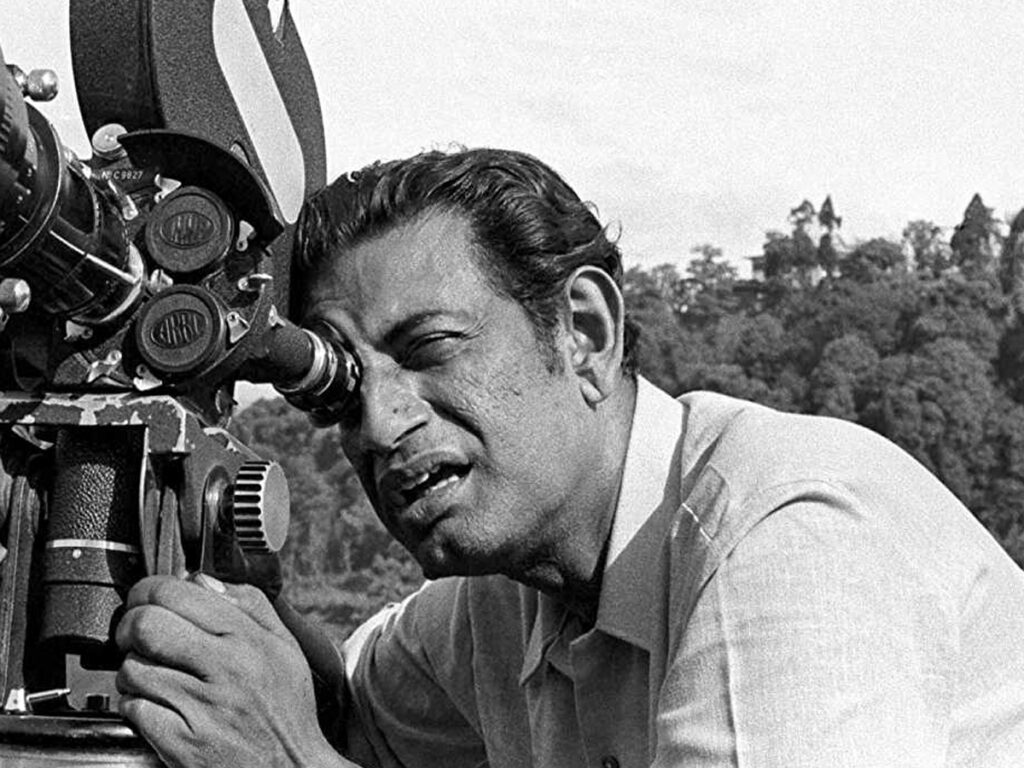Meet the Real Wonder Film Maker: Satyajit Ray

The quintessential Bengali with a distinguished air, yet rising with an ‘India’s Bhadralok’ imperativeness. Indian film has for quite some time been tormented by the scourge of speculation. It has been overindulged as an idealist fine art, where ‘champions’ waltz around in meagerly clad garments while ‘Übermenschen’ legends slam the baddies to a mash.
And afterwards, there was Ray, apparently ‘the’ banner kid for arthouse films of the 1950s. The smooth ‘aesthetic’ scholarly, with his drop-dead looks, bourgeoisie smoothness, and nicotine-stained baritone.
Satyajit was a social behemoth, hailing from a group of vanguard researchers, granddad Upendrokishore Ray, and father Sukumar Ray. An essayist, movie producer, craftsman, performer, and mastermind all moved into one.
Inconceivably gifted, presently lying covered under heaps of average quality, he was the banner conveyor of equal film and flighty narrating. India’s most memorable privileged Oscar champ, who made worldwide pundits faint at his thoughts, was the nonconformist longshot, exploring different avenues regarding parsimonious assets to redirect the movie and make his kinsmen go gaga for the language of the movie.
There was ‘Pather Panchali’ (The melody of the street: 1955), adjusted from a book by the incomparable Bibhutibhushan Bandyopadhyay. A film that required four years and ceaseless cajoling for assets before the state government dominated and inadvertently assisted Ray with making a realistic work of art. A film that put India on the social guide of the world (rumours from far and wide suggest that the film was situated as a Highway improvement PSA to get away from the red-tapism).
Beam and his wizardry of making famous characters
With a profession crossing near fifty years, Ray conveyed probably the most moving movies to elegance on our screens. As a creator with style for taking special care of children, his accounts, routinely distributed in his familial magazine Sandesh, investigated the ghastly, unconventional dreams of a receptive age.
Nonetheless, they were infantile nor exclusive. All things considered, they were profoundly disparaging of society, bundled inside the clothing of skip around and elation.
Beam made the absolute most notable characters in Bengali writing; Feluda, the tall, ‘Charminar’ smoking confidential specialist with his associate cousin Topshe; Professor Shonku, the flighty researcher designing strange contraptions; and Goopy Gynne-Bagha Byne, the performer couple favoured by the King of Ghosts, among others.
Beam can’t be restricted to straightforward words. He was a peculiarity that enlivened the world and made India a worldwide name. He was an outstanding Ray-Naissance man.


0 Comments